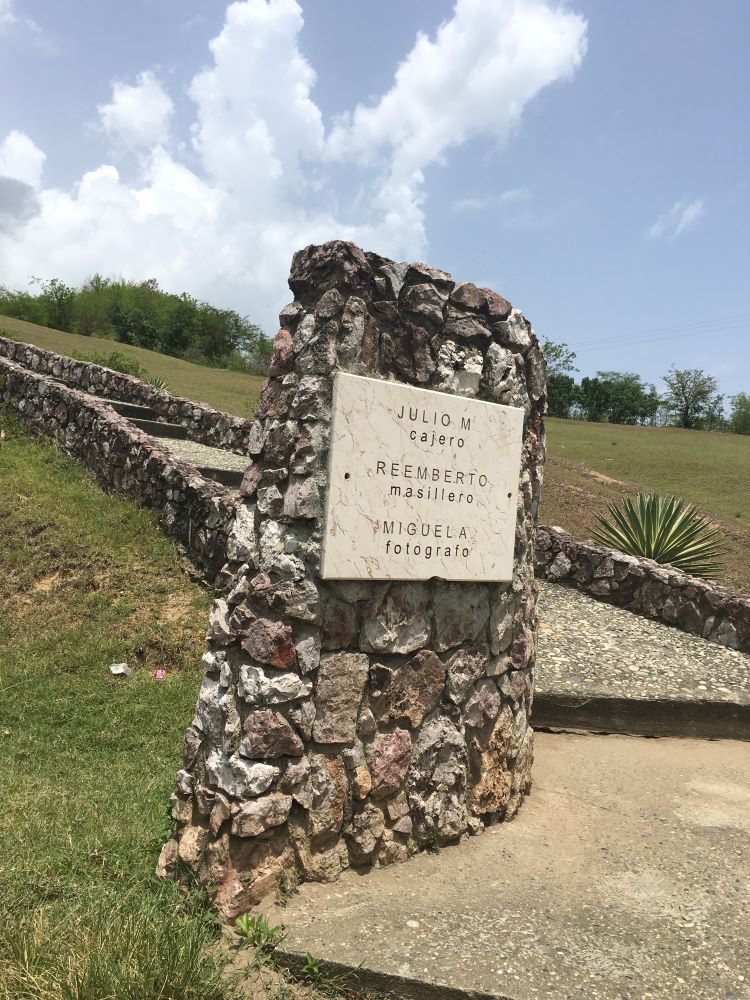Soviet funding of public memory projects in the 1980s reached a crescendo in eastern Cuba, where designers focused on the history of Fidel Castro’s wing of the revolution against the 1950s dictator Fulgencio Batista. Obliterating the role of individual choice and personal heroism, the roadways of Cuba’s former Oriente province were suddenly pocked with small stone markers that, on the one hand, honored a “martyr” of the Revolution who presumably died there but, on the other hand, denied him any other identifier than his first name and the title of his profession. Thus, one set reads: José, Peasant; Victor, Shoe Cobbler; Humberto, Valet. Another set included at least the first letter of a last name whenever the first name proved too common: Julio M., cashier; Reemberto, cement mixer; Miguel A., photographer. No dates, circumstances, or context were necessary since Marxist-Leninist teleology dictated that individuals were mere cogs in a great wheel turning unstoppably toward revolution and the universal establishment of a communist society. Only Abel Santamaría’s monument carried a more elaborate marker. Yet, even then, it did not cite the date of his own birth and death but only those of the event that allegedly gave his life meaning. Erected to honor the twentieth anniversary of Fidel Castro’s failed assault on the Moncada Barracks in 1953, the monument acclaimed the torture and martyrdom of “Abel the Accountant” at the hands of Batista’s soldiers. Oriente, July 2016.


